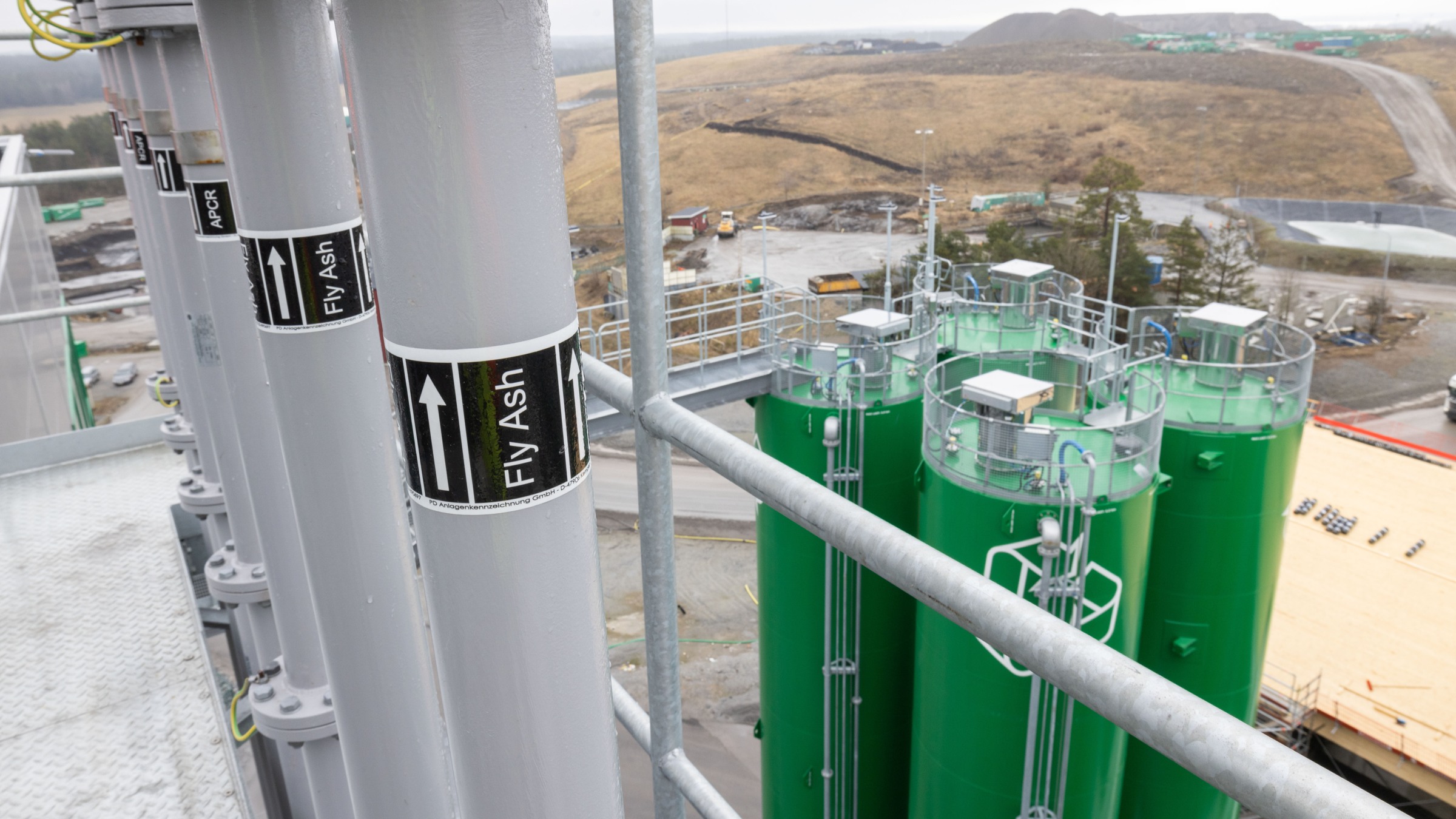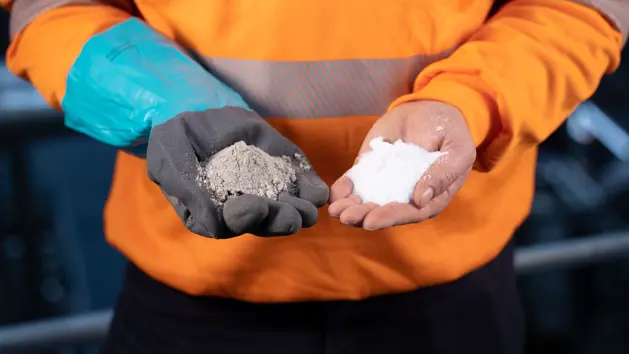
What is fly ash and why is it important to care about?
Here you can read about fly ash, the problems fly ash have and how we - through our solution - can contribute to a little more sustainable world.
28 Jan 2020What is fly ash?
Fly- and bottom ashes are produced when waste is incinerated. The fly ash is light and has in the past exited from the chimney of the incineration plant. Modern legislation requires that the fly ash is captured before it reaches the air since it contains hazardous materials (depending on the source), such as, dioxides, heavy metals, and on average 20% chloride salts (mainly originating from plastic).
What problem comes with fly ash?
The captured fly ash from waste incineration is today difficult to land fill or use since it has high chlorine content. Fly ash from coal incineration can today be used in the cement industry, but that field of application is not possible if the ash has a high chloride content since chlorides lowers the abrasion resistance of the cement. Land filling of fly ash is today also difficult to manage since the chlorides easily leaches when it rains on land fill piles of fly ash.
All methods that are used today to take care of fly ash are not a sustainable long term solution for fly ash management.
How is fly ash managed today?
Sweden is every year producing approx. 300 000 ton of fly ash from waste incineration. The main part is considered a hazardous waste and needs to be stabilized (to avoid leaching of chlorides and heavy metals) to pass the regulatory requirement of land filling. Approximately half of Sweden’s fly ash is exported to a nature reserve at an island in Norway. The fly ash that stays in Sweden is mainly stabilized with different methods and then land filled.
Is it possible to use fly ash to something useful?
All methods that are used today to take care of fly ash have in common that they are not a sustainable long term solution for fly ash management. So, what are the main problems that prevent useful applications for fly ash? The hazardous regulations for fly ash mainly comes from the chlorides, but also to a less extent due to heavy metals. Removing these contents would declassify the ash and at the same time open up possibilities for useful applications.
Is it possible to remove the chlorides?
Yes, it is possible. There are washing plants for fly ash available to the market, but today these washing plants comes with three big challenges:
•The salt that is being washed out from the fly ash contains different types of chlorides (commercially useless) and therefore needs to be released to a recipient (preferably a water area that can handle large amounts of salt)
•The washing plant needs to separate leaching heavy metals and nitrogen (which originates from ammonia addition during the flue gas treatment process)
•Large investment
EasyMining’s solution for a sustainable management of fly ash?
EasyMining’s Ash2Salt process has the ability to separate chlorides and heavy metals from fly ash. The main advantage is that the Ash2Salt process can produce three types of commercial salts from the chlorides in the fly ash:
•Potassium chloride (KCl)- used as fertilisers or fertiliser raw material
•Calcium chloride (CaCl2)- used for de-icing and road surfacing
•Sodium chloride (NaCl)- used for road salt and input to chloro-alkali industry
The main benefits are that:
•The plant doesn’t need to be built near a water recipient.
•Create a source of revenue from selling commercial salts.
•Remove on average 20% of the fly ash mass.
•Make the residual fly ash less hazardous and thereby available for applications.
